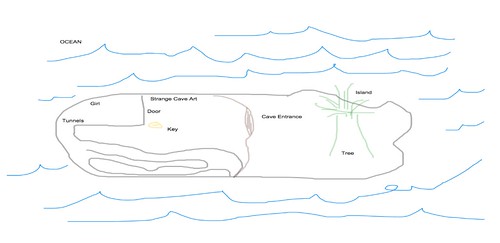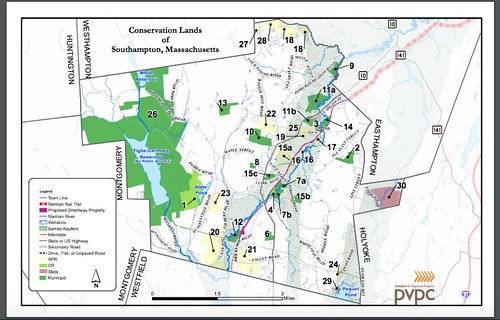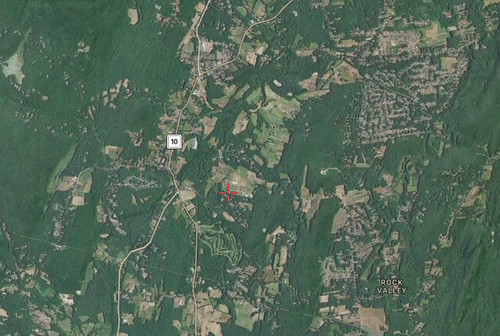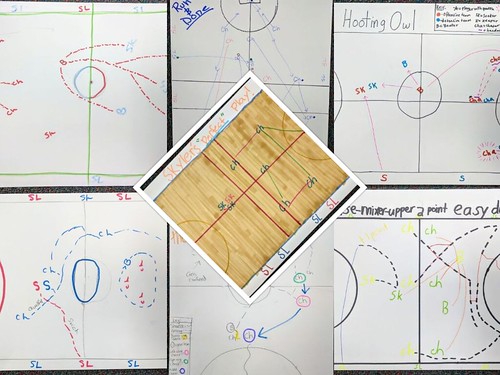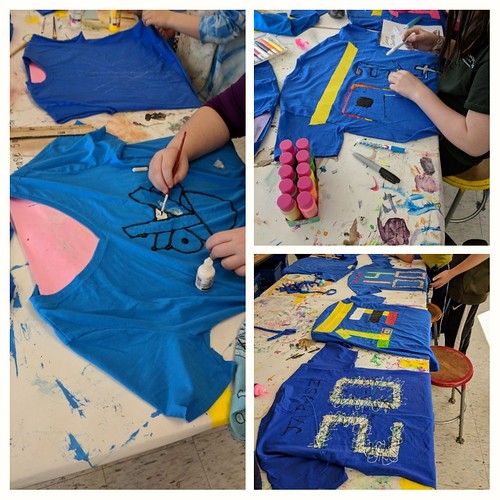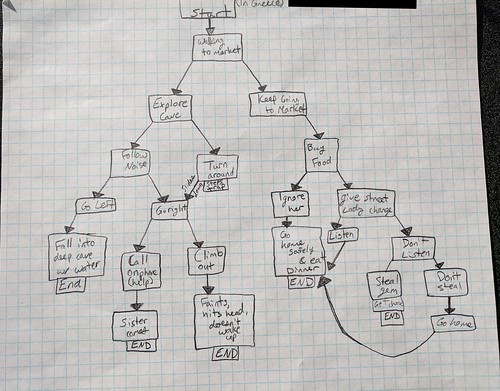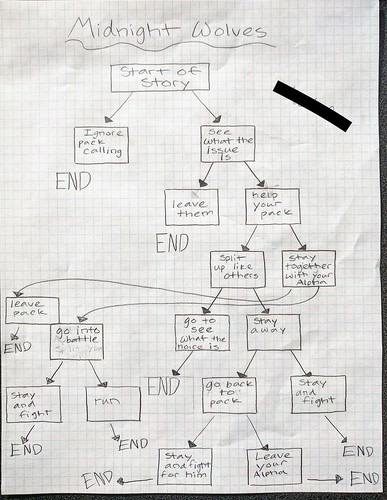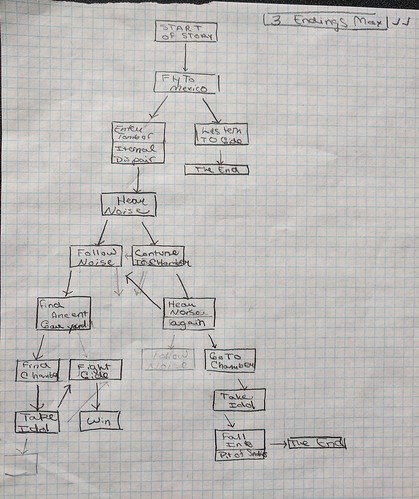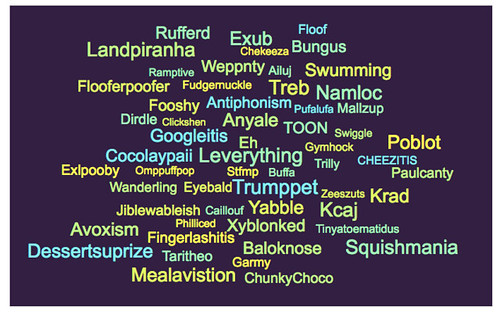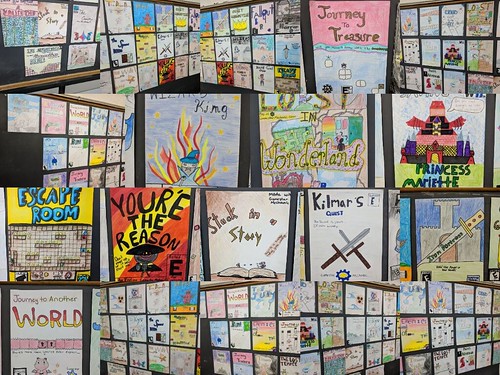 Last year, I tried out this close-reading technology activity called BookSnaps — an idea shared by Tara Martin — in which students use an image “snapped” from their independent reading books as a way to reflect on what they are reading. They layer “stickers” on the image that connect to the story and use text “call-outs” to put their own ideas/reflections in there.
Last year, I tried out this close-reading technology activity called BookSnaps — an idea shared by Tara Martin — in which students use an image “snapped” from their independent reading books as a way to reflect on what they are reading. They layer “stickers” on the image that connect to the story and use text “call-outs” to put their own ideas/reflections in there.
The other day, I had my sixth graders work on BookSnaps (we use Google Draw, through Google Classroom) and my readers were quite engaged in the activity, identifying snippets of text and asking questions, making predictions, discussing characters. There were a lot of helping hands, as most needed help holding the books while snapping the picture.
While the BookSnaps themselves don’t allow for deep literary analysis, they do provide an visual and engaging means to discuss the books they are reading, and just as important, they spark interest in other readers, as a sort of BookSnap/BookShare concept.
This was the one I did as a sample for them to see — I was reading The Stars Beneath Their Feet.
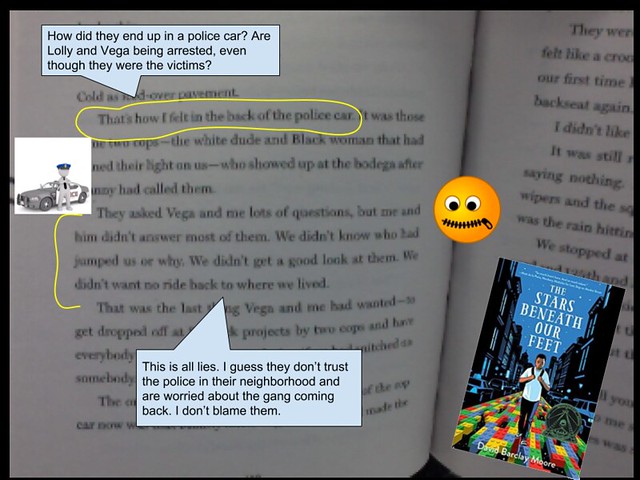 Here is a video collection of the BookSnaps that were finished by students during our class period:
Here is a video collection of the BookSnaps that were finished by students during our class period:
Peace (snap it into place),
Kevin
PS — Tara Martin did a talk on this concept, which is when I first heard about it and wanted to try it out

